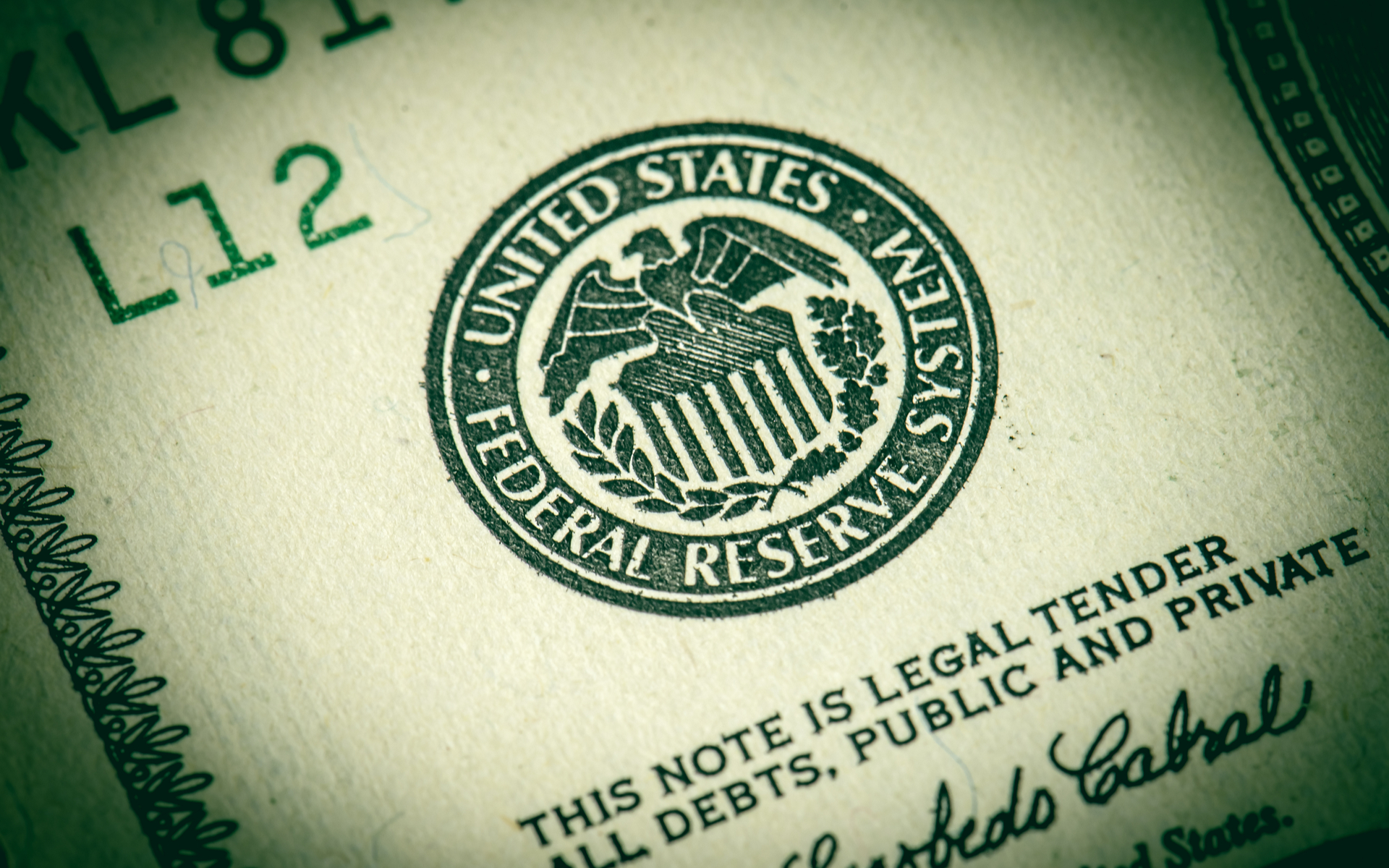PALO ALTO, Calif. (Reuters) - The Federal Reserve is taking a look at a broad variety of problems around digital payments and currencies, consisting of policy, style and legal considerations around potentially providing its own digital currency, Guv Lael Brainard said on Wednesday. Brainard's remarks suggest more openness to the possibility of a Fed-issued digital coin than in the past." By changing payments, digitalization has the potential to deliver greater worth and convenience at lower cost," Brainard said at a conference on payments at the Stanford Graduate School of Company.
Reserve banks worldwide are debating how to handle digital finance technology and the dispersed journal systems used by bitcoin, which promises near-instantaneous payment at possibly low cost. The Fed is establishing its own round-the-clock real-time payments and settlement service and is currently examining 200 remark letters submitted late last year about the proposed service's style and scope, Brainard said.
Less than 2 years ago Brainard told a conference in San Francisco that there is "no engaging showed Helpful resources need" for such a coin. But that was before the scope of Facebook's digital currency aspirations were commonly known. Fed authorities, consisting of Brainard, have raised concerns about customer protections and data and privacy threats that might be positioned by a currency that might enter usage by the third of the world's population that have Facebook accounts.
" We are collaborating with other reserve banks as we advance our understanding of main bank digital currencies," she said. With more nations looking into releasing their own digital currencies, Brainard stated, that contributes to "a set of reasons to likewise be ensuring that we are that frontier of both research study and policy development." In the United States, Brainard stated, problems that require study consist of whether a digital currency would make the payments system much safer or simpler, and whether it might posture monetary stability risks, consisting of the possibility of bank runs if cash can be turned "with a single swipe" into the central bank's digital currency.
To counter the financial damage from America's unmatched national lockdown, the Federal Reserve has actually taken unmatched steps, including flooding the economy with dollars and investing straight in the economy. The majority what is fed coin of these relocations received grudging approval even from many Fed skeptics, as they saw this stimulus as required and something just the Fed could do.
My brand-new CEI report, "Government-Run Payment Systems Are Unsafe at Any Speed: The Case Against Fedcoin and FedNow," information the dangers of the Fed's present plans for its FedNow real-time payment system, and proposals for central bank-issued cryptocurrency that have actually been called Fedcoin or the "digital dollar." In my what is fedcoin report, I discuss concerns about personal privacy, information security, currency control, and crowding out private-sector competitors and innovation.
Supporters of FedNow and Fedcoin say the government must develop a system for payments to deposit quickly, rather than encourage such systems in the economic sector by lifting regulative barriers. However as kept in mind in the paper, the economic sector is supplying a relatively unlimited supply of payment technologies and digital currencies to fix the problemto the extent it is a problemof the time space between when a payment is sent and when it is received in a bank account.
And the examples of private-sector innovation in this area are lots of. The Clearing Home, a bank-held cooperative that has been routing interbank payments in different kinds for more than 150 years, has been clearing real-time payments considering that 2017. By the end of 2018 it was covering 50 percent of the deposit base in the U.S.
